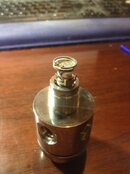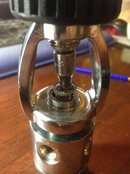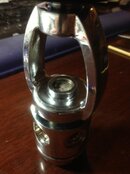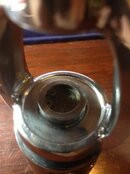beanojones
Contributor
- Messages
- 3,204
- Reaction score
- 350
If you have large snap ring pliers with right-angle tips, they can be used to remove a seat retainer as well.
Henrik
I just have this to say: you guys have to deal with a lot less corrrosion than I do. If I used snap ring pliers on a seat retainer, I would just be kissing the snap ring pliers good-bye.
A further tip (and I would love to hear what others use for it). Anytime I get a white cardboard box, I turn it into a drying tray/project box for the disassembled gear. (Most of my gear overhauls are when I am doing five of the same regs at once or twenty valves at once, so maybe I just do things different overall though.)







